Urban and regional planning undergrads create concepts for affordable housing project in Scarborough
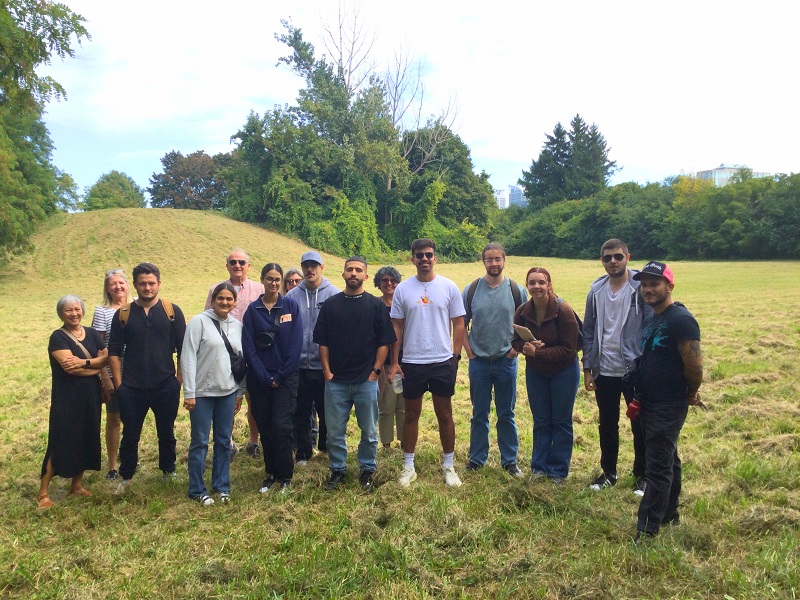
The Grace Christian Reformed Church had a vision: use their surplus land to build affordable housing for seniors and low-income families in Scarborough, add a multi-purpose community space for sports meetings and dining — and use sustainable design practices to mitigate climate change.
Their property in Scarborough is large and well situated in a growth area, but it’s no empty lot. Development would need to work around the actively used church building and on-site daycare. Urban planning could determine what’s feasible.
But with a limited budget, the church would benefit from service pro bono. They asked Mark Richardson of advocacy group HousingNowTO for advice. He knew exactly where to access analysis, concepts and plans: TMU’s School of Urban and Regional Planning.
It’s one of the oldest and largest planning schools in North America, with its unique client-based studio courses — where real-world agencies and firms “commission” teams of students to work on an authentic planning project for clients in the community.
This time, during the fall term, a fourth-year studio class took on the challenge. The students had theoretical knowledge and basic skills, but now, they’d apply them to the church’s affordable housing project. They soon discovered that formulating key recommendations for actual clients isn’t always straightforward.
But by the end of the three-month project, they presented the church with a detailed 73-page planning report. Based on their analysis, the class put forward a final recommended option: one that optimizes the balance between number of housing residents — and hence revenue generated — and facilities for community use, such as seating, a prayer garden, urban garden and art wall.
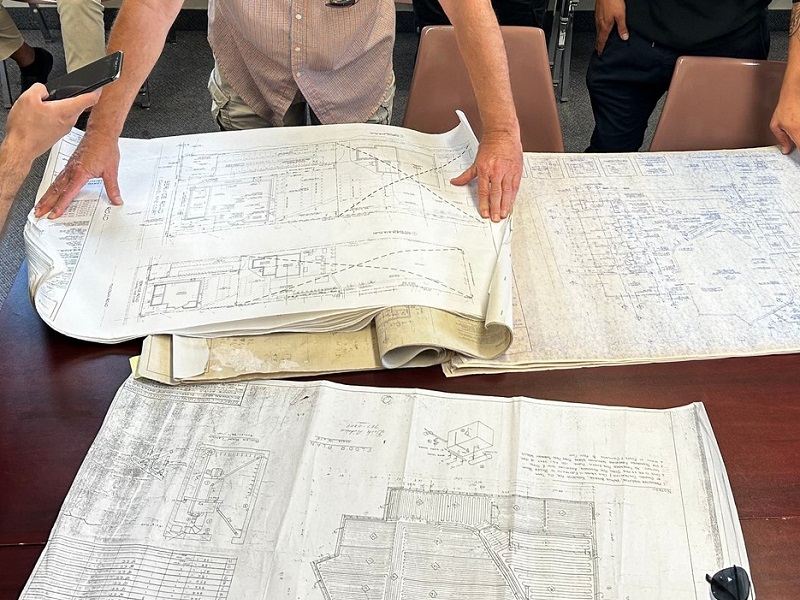
Students developed a 73-page report that includes a comprehensive site analysis, three housing development concepts, financial feasibility analysis and more.
The church now had what it needed to move the project forward onto the next stage. Mission accomplished for the students and a win-win for all.
Reflecting on the project, instructor Blair Scorgie and four of his students recently shared their perspectives on TMU’s studio learning experience.
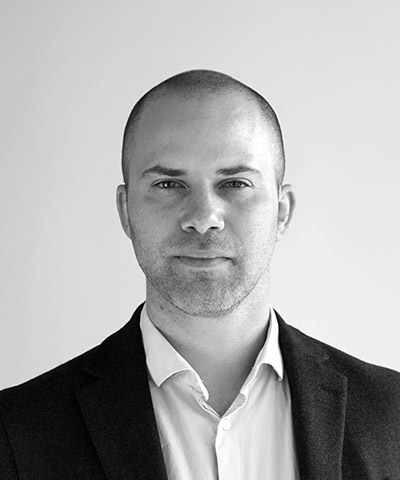
Blair Scorgie (BURPl ’07) is a TMU alumnus and a Partner at Toronto-based firm Sajecki Planning. He returned to TMU in 2014 as a volunteer client for a studio course, and then became one of the instructors at undergrad and post-grad levels.
Why do you enjoy teaching TMU studio courses?
It’s a nice complement to my consulting work — a great place to test out ideas, be creative and stay current. Studio courses are unique to TMU. Since they’re taught primarily by part-time instructors who work actively in industry, we can transmit realistic insights and experience to students.
How do you select projects?
I look for sites with unique issues, challenges and opportunities — lessons that students can carry forward into the world. There’s a massive learning curve working with actual clients, but I’m there to guide the journey, provide reality checks and ensure quality control.
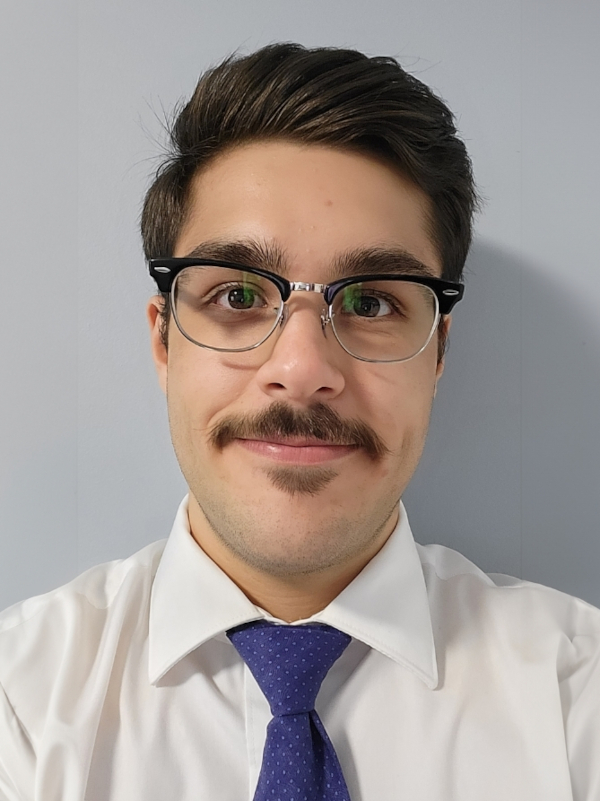
What reality check did you get from this course?
That you won’t always like the cards that you are dealt — maybe the information you’re given, challenges with people involved, factors out of your control, etc. But you still have to take a step back and find a workaround. This might never have happened with a fictitious in-class project. I realized my strengths and weaknesses and can now work at improving them.
How did you feel by the end of the project?
It put a smile on my face to see our clients happy with something our team produced after many late nights. I realized that I have the potential to make a positive impact on people. Someone may eventually call this place their home, and I’ll be able to say that I helped make it a reality. That’s what makes planning a satisfying process.
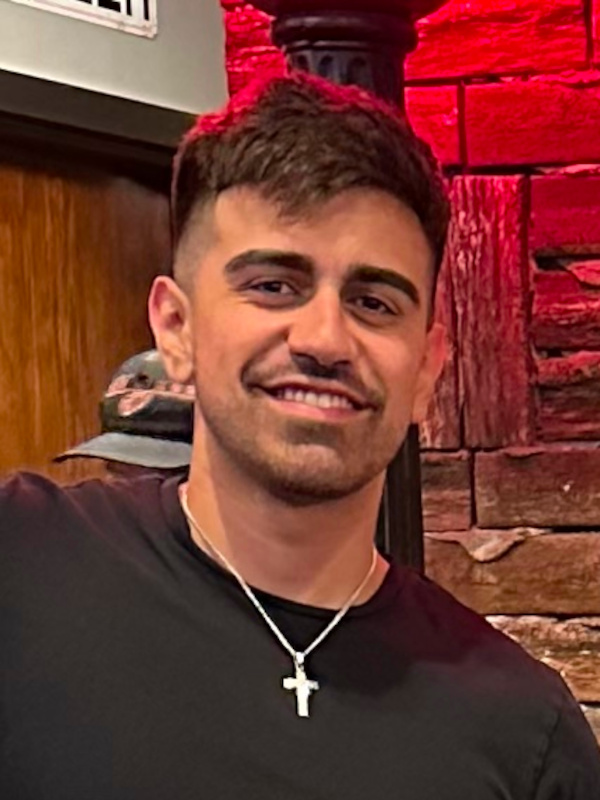
Why was this project particularly challenging?
It was more difficult than other cases so far because we had to implement new housing while simultaneously maintaining the site’s current infrastructure on land that was already being actively used. It was tough navigating a concept plan around these specific site characteristics, and fitting in all the requirements with minimal flexibility. We had to really problem solve as a team, and it was interesting to see the many ways we could tackle it. It was a fantastic experience, and I personally enjoyed the challenge.
How did this course shift your perspective?
Prior to this experience, my impression of developing a concept plan was far more concise and simple. But this project taught me the many aspects and layers we must consider in professional practice, and the importance of communication with your client.

How did the course bring theoretical knowledge to life?
It was truly one of a kind! Applying planning theory to real-world situations was much more beneficial than just learning in class. Working with various planning professionals involved also helped me better understand real planning problems and benefit from their industry experience.
How did you enjoy the ‘people’ aspect of planning?
I loved it! Working with community members is one of my favourite parts of the profession. We’re privileged to be their voice and to design spaces for their needs. Hearing what they value most (a strong sense of community and togetherness) was really helpful for devising the housing plans. It was empowering to know that our work was creating a positive effect on a real community. I’m grateful for the experience because it confirmed to me that I was meant to be a planner!

How did this course help you discover what you enjoy about planning?
The part I ended up enjoying the most was the research portion. It was neat finding out the history of the property, the community’s demographics, which types of grants and funding the property would be eligible for, and other information relevant to the surrounding area.
How did this project help you grow professionally?
This studio course helped me grow as a future planning professional by giving me real world experience of what it’s like working with a client and professional service group (HousingNowTO). The experience was unique for me because up until this project, I had limited experience working with actual clients. It was interesting going on a site walk to see what the property looks like and also talking to the clients about their wants, needs and concerns.
Curious about a career in urban and regional planning? TMU has one of the largest and oldest planning programs in North America. Check out our undergraduate and graduate programs.


